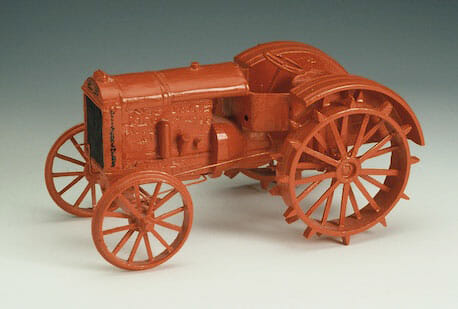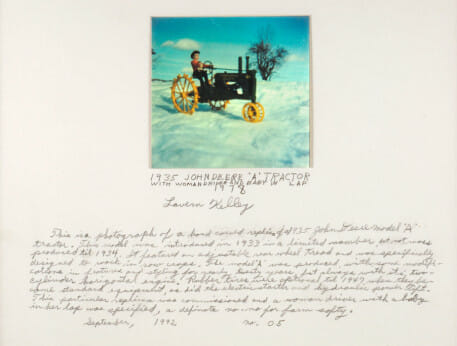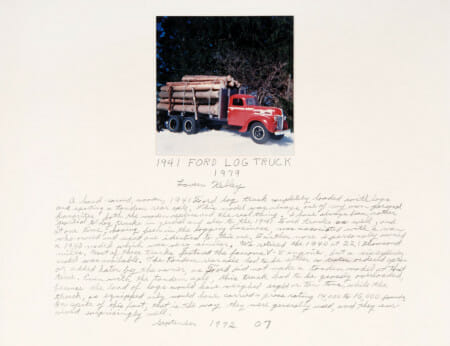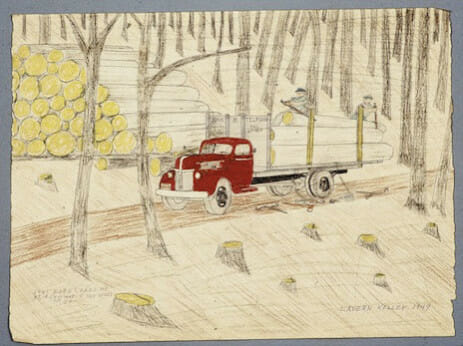Kelley was a farmer first, but admitted that art was where his heart was.
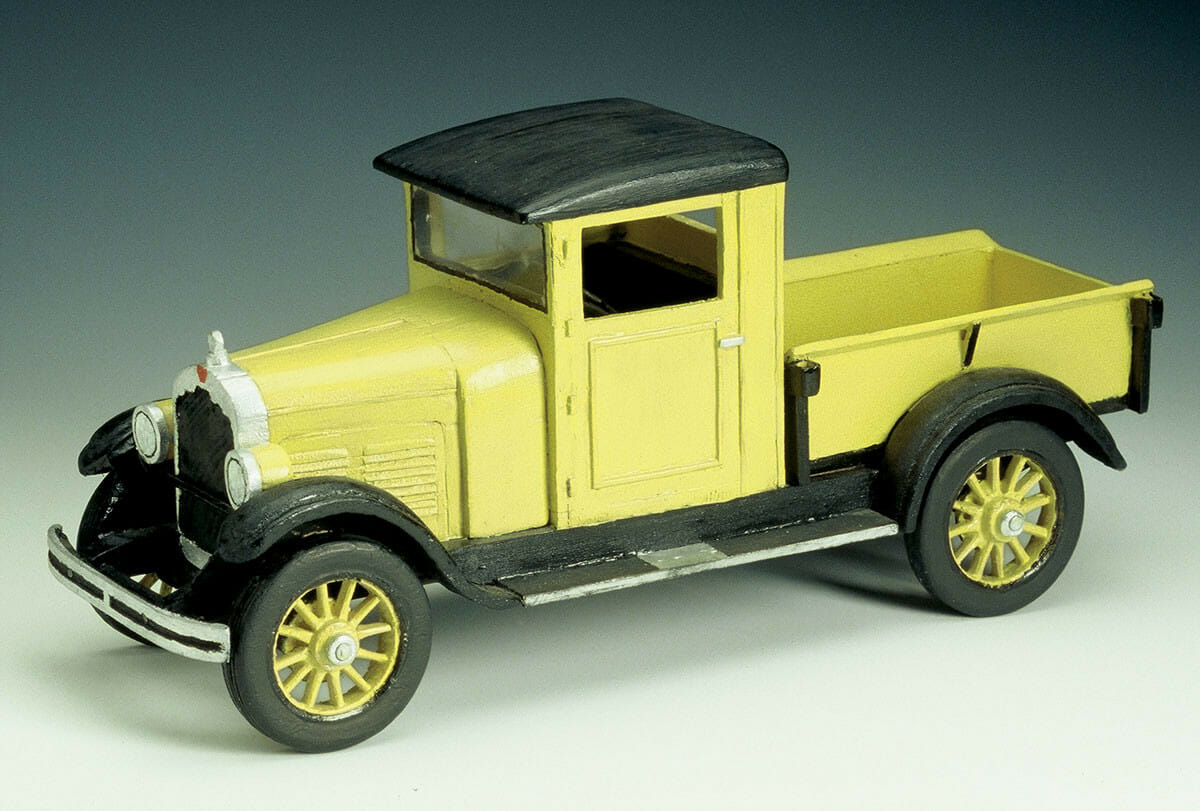
“The long evenings were always pleasant for me. After chores, we would have our supper, then I usually would draw pictures till bedtime,” Kelley would later recall about winters on the farm.
After his father’s death in 1946, Kelley, then 18, and his brother took over running the farm, and he continued to make art. But it would be nearly 40 years before he was recognized as the gifted artist he was.
Sydney Waller is an independent curator in Cooperstown, New York, who began showing Kelley’s work in the 1980s, represented him while he lived, and continues to oversee his estate.
“I was blown away by the care and precision that he was applying to these objects. It wasn’t what was going on in the contemporary field, particularly, at that time,” she says.
Waller met Kelley in the mid-80s when she was running Gallery 53, a nonprofit arts space, with Ann Gabler, in Cooperstown. A friend of theirs who had been collecting Kelley’s work told them about the artist.
“He was such an incredible human being, as well as such a committed artist. He had a really centered, profound sense of self. He had great dignity. His greatest joy was carving,” says Waller.
Nearly 20 years after his death from pneumonia in 1998, Kelley’s work is once again getting attention with a number of upcoming shows in various places in New York, including the North River Gallery in Chatham, which opens Saturday, July 18; two shows in Cooperstown, including a solo show at the Fenimore Art Museum, that start in September, and one in the summer of 2016 at The View in Old Forge.
Kelley’s art focused on precise renderings of 1/4-scale farm equipment, mostly from the 1930s to 1950s, made with a “tiny little pen knife,” and then precisely painted, says Waller. Some of these were made while his family was still farming with horse-drawn plows. Waller believes that there may have been a wish-fulfillment aspect to Kelley’s art making.
“What they say about folk artists is they do what they know from their own environment, and to a degree that was true, but it was also what was missing from his own environment,” she says.
Kelley later began carving small figurines depicting rural life at the request of patrons. One of these, of a one-room school house (like the one Kelley attended) featuring two students and a teacher, is on display at the Smithsonian Museum of American Art in Washington, D.C., one of several institutions that have Kelley’s work in their permanent collection.
Kelley made trompe l’oeil photographs of his wooden sculptures by photographing them outdoors using actual buildings and other scenery as backdrops in order to make it appear as if the vehicles were real, underscoring the accuracy of his renderings.
He also made drawings up until the 1950s. Because the family didn’t have a lot of money, Kelley drew on butcher paper and used both sides. Waller says Kelley brought her several hundred of these drawings in the 1980s that he had been storing under his bed for 30 years. She says she “was totally enthralled. He was documenting the way farming was done in the 40s and 50s.”
Waller believes Kelley’s work “harkens back to an earlier time in farming” bringing it to life, through his methodical documentation of this “important chunk of American history and culture.”
Kelley was a farmer first, but admitted that art was where his heart was.
“In spite of all the other things I have done, and enjoyed…the artistic angle is what I’ve always enjoyed best, but never gave a thought to pursuing it as work or business. Now since 1975 it has taken on that sort of importance, and since 1985 it has virtually become a business, and my main one at that. It has been the most pleasant and certainly the most profitable time of my life, and after a lifetime of hard physical work, it is quite relaxing as well,” he wrote.
Images courtesy of Sydney Waller.
